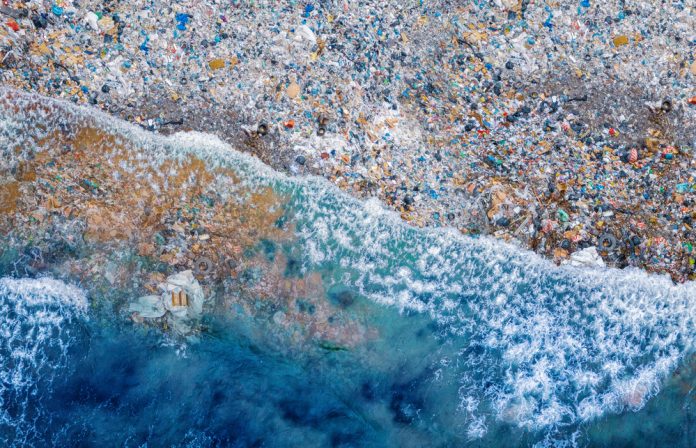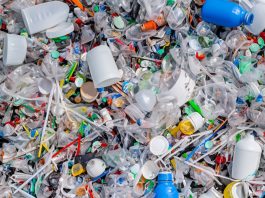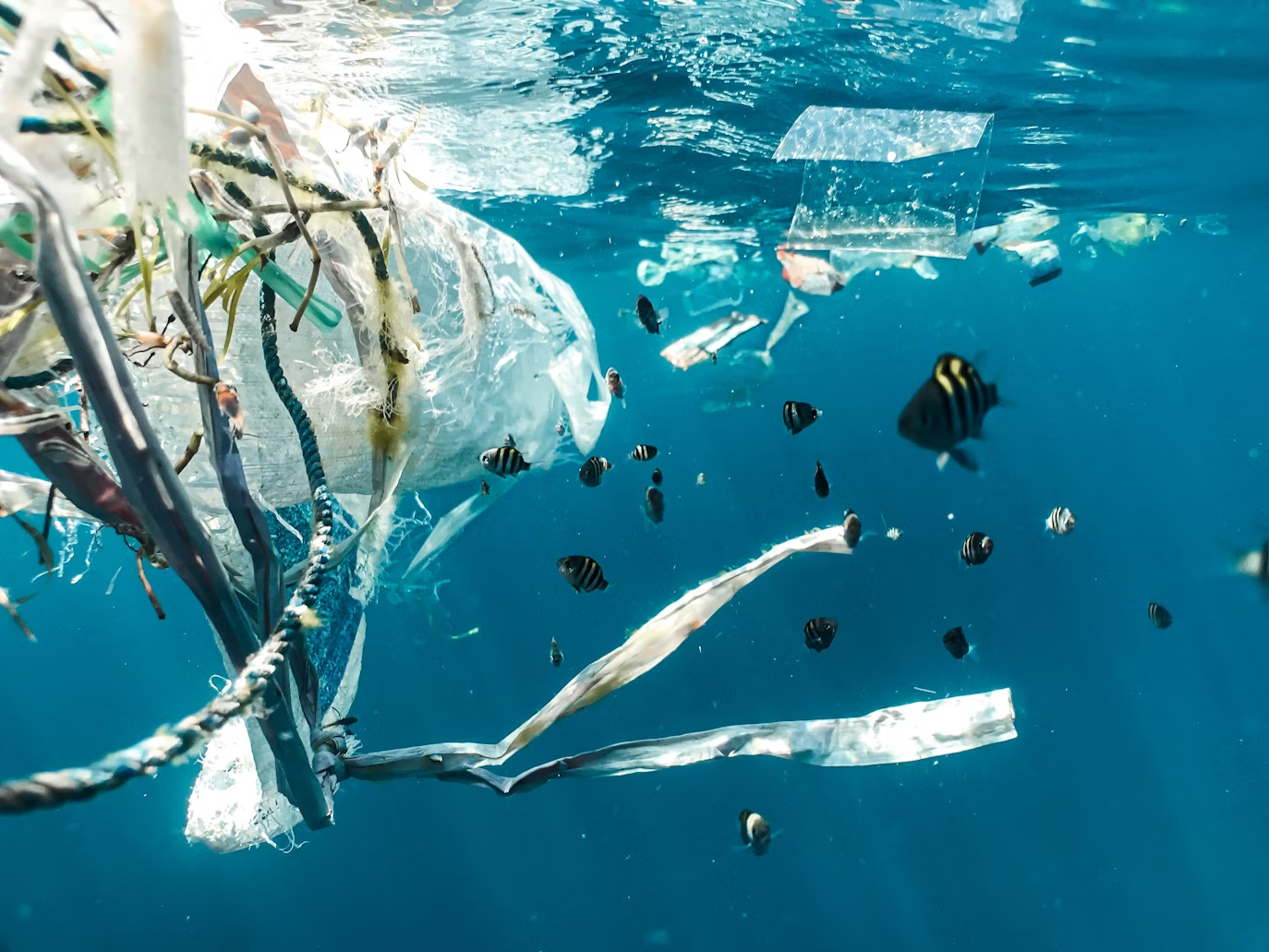A groundbreaking report by Kyushu University researchers offers a critical roadmap for addressing ocean plastic pollution.
For the first time, the team has established a clear numerical target: a 32% reduction in plastic waste littering by 2035.
This reduction is crucial to prevent further harm to marine ecosystems. By mapping the flow of plastic waste in the world’s oceans, the study underscores the importance of urgent action to mitigate marine plastic pollution.
Growing threat of ocean plastic pollution
The problem of marine plastic pollution has escalated globally, with significant implications for both wildlife and human health.
A 2022 study by Kyushu University revealed that 25.3 million metric tonnes of plastic have entered our oceans, with nearly two-thirds remaining unmonitored. Without immediate intervention, the problem is expected to worsen, potentially causing irreversible damage.
Led by Professor Atsuhiko Isobe from the Research Institute for Applied Mechanics, the team has worked to track plastic pollution in the ocean.
Using computer models, they analysed how plastic waste moves, where it accumulates, and how it breaks down over time.
The microplastic dilemma
While large plastics pose a significant environmental threat, they degrade over time into microplastics—particles smaller than 5mm.
These microplastics are much harder to extract and are often consumed by marine life, posing serious risks to ecosystems and the food chain.
Even if plastic littering were to cease today, the amount of microplastics would continue to increase due to this slow degradation process.
A roadmap to combat marine plastic pollution
The urgency of addressing ocean plastic pollution has led to global initiatives like the Osaka Blue Ocean Vision, introduced at the 2019 G20 Summit.
The vision aims to stop the increase in marine plastic pollution by 2050, advocating for improved waste management practices worldwide.
To support this goal, the Kyushu team developed computational models and conducted fieldwork to map plastic waste trajectories.
These models show different scenarios for how plastic waste moves and accumulates in oceans. According to their findings, reducing plastic waste entering oceans by 32%—about 8.1 million tonnes—by 2035 could lead to a 50% decrease in plastic waste by 2050.
This reduction is particularly significant in heavily polluted areas such as the Yellow and East China Seas, where plastic waste could decrease by up to 63%.
Chisa Higuchi, the first author of the study and Post‐doctoral Fellow in Isobe’s lab commented: “We need to go beyond cleaning existing pollution – we must cut new plastic waste entering our oceans and rivers.
“This target is attainable if we use strategies like improving waste management, promoting reusable alternatives to single-use plastics, and enhancing public awareness.
“Many people can be pessimistic when hearing about the ongoing plastic waste problem in our lives. But I remain optimistic that we can find our way out of this predicament.”
The findings emphasise that while the challenge of ocean plastic pollution is vast, the solution lies in collaboration.
Governments, industries, and individuals must work together to improve waste management systems, reduce single-use plastics, and raise public awareness.
By setting clear targets, such as the 32% reduction by 2035, the path to healthier oceans is within reach.









